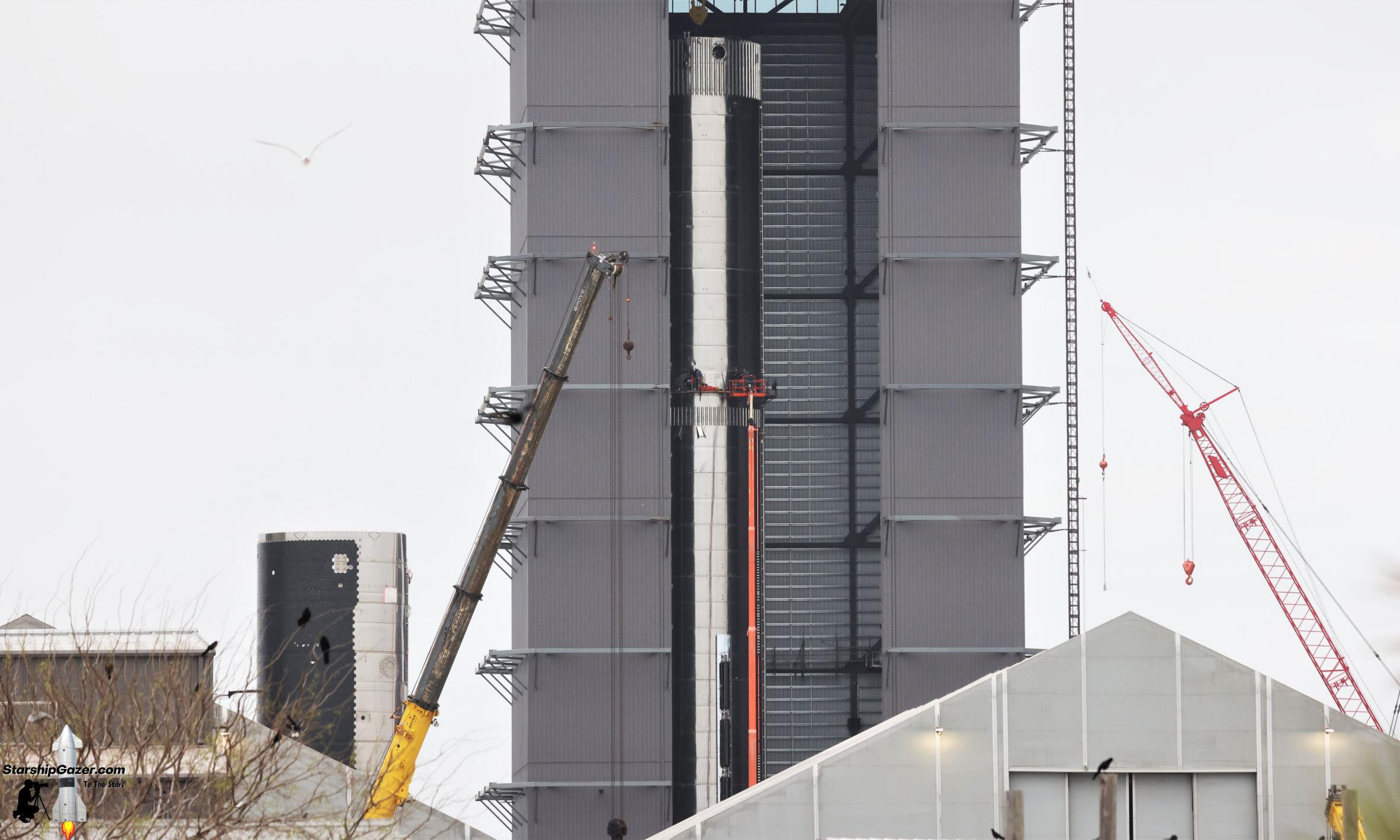

News
SpaceX’s first 33-engine Super Heavy booster reaches full height
Approximately 11 weeks after the process began, SpaceX has finished stacking its newest Super Heavy booster prototype – the first of its kind intended to host 33 new Raptor V2 engines.
Designed to launch Starship’s massive, namesake upper stage part of the way to orbit, Super Heavy is in many ways simpler than Starship but just as complex and unprecedented in others. Ignoring SpaceX’s unusual plans to have boosters land on huge mechanical arms installed on a skyscraper-sized tower, Super Heavy is ‘merely’ a large vertical-launch, vertical-landing liquid rocket booster – the likes of which SpaceX already has extensive experience with through Falcon 9 and Falcon Heavy. What mainly sets Super Heavy apart is its sheer scale.
Measuring around 69 meters (~225 ft) from tip to tail, Super Heavy – just one of two Starship stages – is almost as tall as an entire two-stage Falcon 9 or Falcon Heavy rocket. At nine meters (~30 ft) wide, a single Super Heavy booster – effectively a giant steel tube – should be able to store at least six or seven times as much propellant as Falcon 9 and about two to three times as much as Falcon Heavy. Engine count and peak thrust are similarly staggering.
SpaceX’s newest Super Heavy prototype – Booster 7 (B7) – expands those engine-related capabilities even further. Instead of the 29 Raptor V1 engines installed on Super Heavy B4, Booster 7 is designed to support up to 33 Raptor V2 engines. While the V2 design significantly simplifies Raptor’s design to make it easier to build, install, and operate, it also substantially boosts maximum thrust from around 185 tons (~410,000 lbf) to at least 230 tons (~510,000 lbf). In theory, if Super Heavy B7 is outfitted with a full 33 Raptor V2 engines capable of operating at that claimed thrust level, Booster 7 could theoretically produce at least 40% more thrust than Booster 4. B4, however, has yet to attempt a single static fire.
The fact that SpaceX hasn’t put Booster 4 through a single full wet dress rehearsal (a launch simulation just shy of ignition) or static fire test after more than half a year at the orbital launch site has led many to assume that the prototype is likely headed for premature retirement. With Booster 7 now perhaps just a week or two away from test-readiness, SpaceX finally has a viable replacement capable of both carrying the flame forward and kicking off the qualification of the first prototype designed to use Raptor V2 engines.
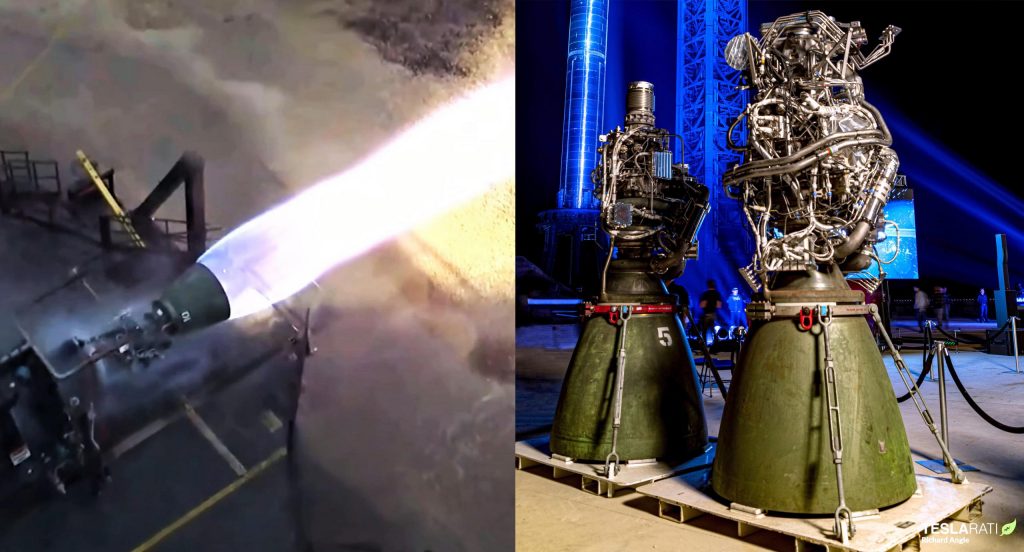
Booster 7 features a number of other design changes, including sleeker raceways (external conduits that protect wiring and smaller plumbing); a different layout of the pressure vessels, ‘hydraulic power units,’ and umbilical panel installed on its aft; and significant changes to the aerocovers that slot over that aft hardware. Beyond its Raptor engines, the two next most substantial modifications made to Super Heavy Booster 7 are arguably a pair of strake-like aerocovers and the addition of large internal ‘header’ tanks meant to store landing propellant.
A series of new sharp-edged aerocovers are now expected to slot over the top of two new pairs of five composited-overwrapped pressure vessels (COPVs) that run about a third of the way up Booster 7’s tanks. It’s possible that they will function a bit like strakes, fixed wing-like structures designed to improve aerodynamic stability. In comparison, Super Heavy B4 has four sets of two COPVs spaced evenly around the outside of its engine section.
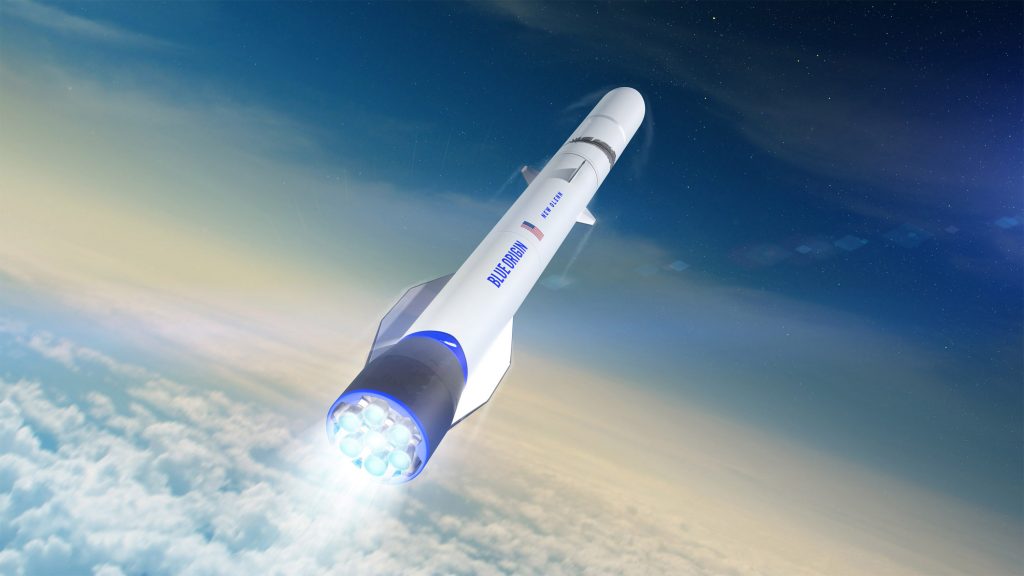
Finally, SpaceX appears to have upgraded Super Heavy Booster 7 with a full set of internal header tanks, meaning that it should now be able to store all needed landing propellant in separate tanks. That significantly decreases the amount of pressurization gas required and makes it much easier to ensure that Super Heavy’s Raptor engines are fed with an uninterrupted flow of propellant during complex in-space and in-atmosphere maneuvers. Following SpaceX’s decision to turn Super Heavy’s tank vents into maneuvering thrusters, header tanks should also decrease the chances of liquid propellant being accidentally vented while the booster is in microgravity/free-fall conditions.
With any luck, Super Heavy B7 will be fully assembled and ready for proof testing. It’s very likely that it will take SpaceX several more months to mature Raptor V2’s design into something ready for flight and produce and qualify at least 33 of the engines but in the interim, Booster 7 can hopefully kick off cryogenic proof and wet dress rehearsal testing as early as late March or early April.
News
Tesla cleared in Canada EV rebate investigation
Tesla has been cleared in an investigation into the company’s staggering number of EV rebate claims in Canada in January.
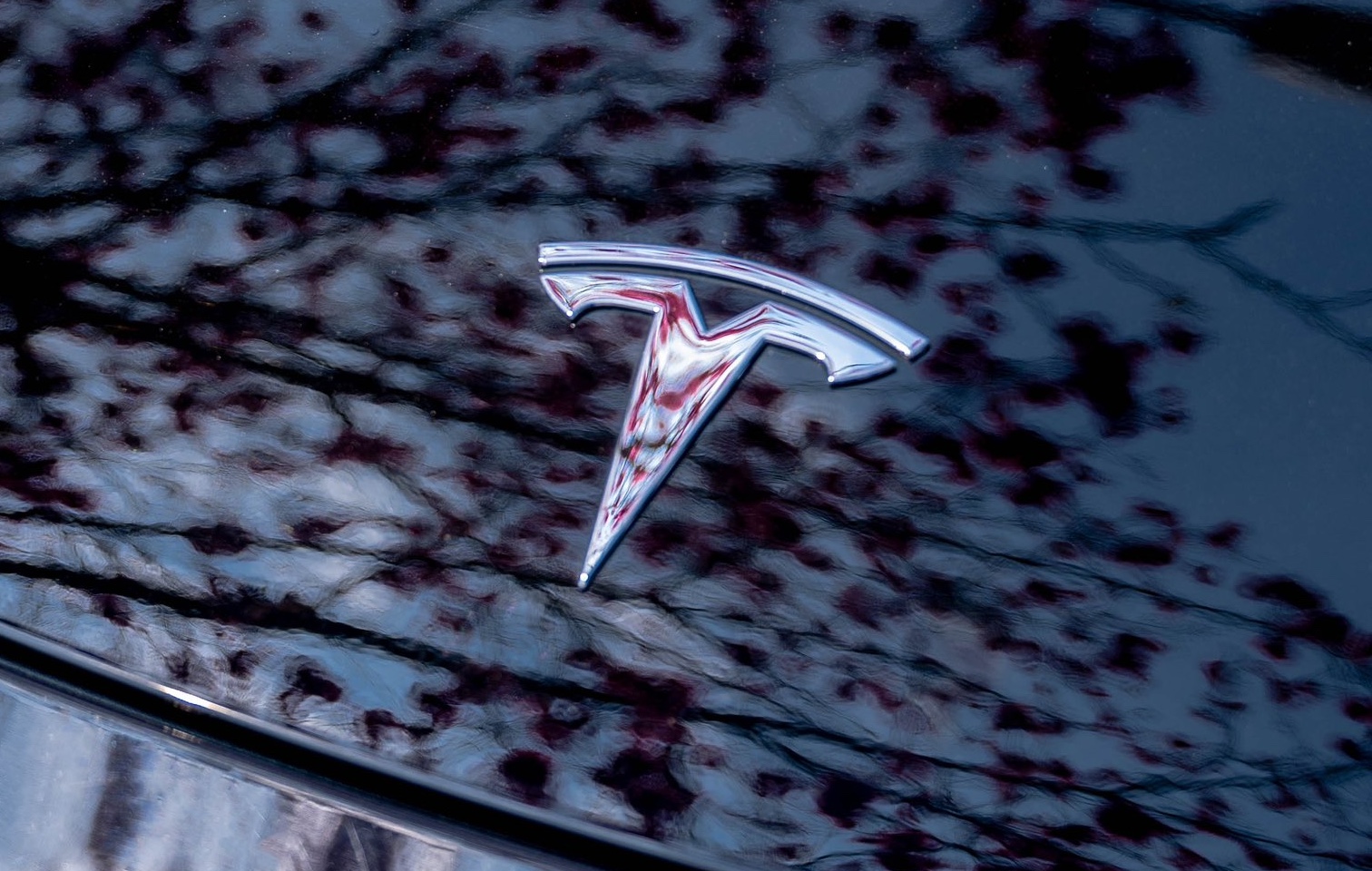
Canadian officials have cleared Tesla following an investigation into a large number of claims submitted to the country’s electric vehicle (EV) rebates earlier this year.
Transport Canada has ruled that there was no evidence of fraud after Tesla submitted 8,653 EV rebate claims for the country’s Incentives for Zero-Emission Vehicles (iZEV) program, as detailed in a report on Friday from The Globe and Mail. Despite the huge number of claims, Canadian authorities have found that the figure represented vehicles that had been delivered prior to the submission deadline for the program.
According to Transport Minister Chrystia Freeland, the claims “were determined to legitimately represent cars sold before January 12,” which was the final day for OEMs to submit these claims before the government suspended the program.
Upon initial reporting of the Tesla claims submitted in January, it was estimated that they were valued at around $43 million. In March, Freeland and Transport Canada opened the investigation into Tesla, noting that they would be freezing the rebate payments until the claims were found to be valid.
READ MORE ON ELECTRIC VEHICLES: EVs getting cleaner more quickly than expected in Europe: study
Huw Williams, Canadian Automobile Dealers Association Public Affairs Director, accepted the results of the investigation, while also questioning how Tesla knew to submit the claims that weekend, just before the program ran out.
“I think there’s a larger question as to how Tesla knew to run those through on that weekend,” Williams said. “It doesn’t appear to me that we have an investigation into any communication between Transport Canada and Tesla, between officials who may have shared information inappropriately.”
Tesla sales have been down in Canada for the first half of this year, amidst turmoil between the country and the Trump administration’s tariffs. Although Elon Musk has since stepped back from his role with the administration, a number of companies and officials in Canada were calling for a boycott of Tesla’s vehicles earlier this year, due in part to his association with Trump.
News
Tesla Semis to get 18 new Megachargers at this PepsiCo plant
PepsiCo is set to add more Tesla Semi Megachargers, this time at a facility in North Carolina.
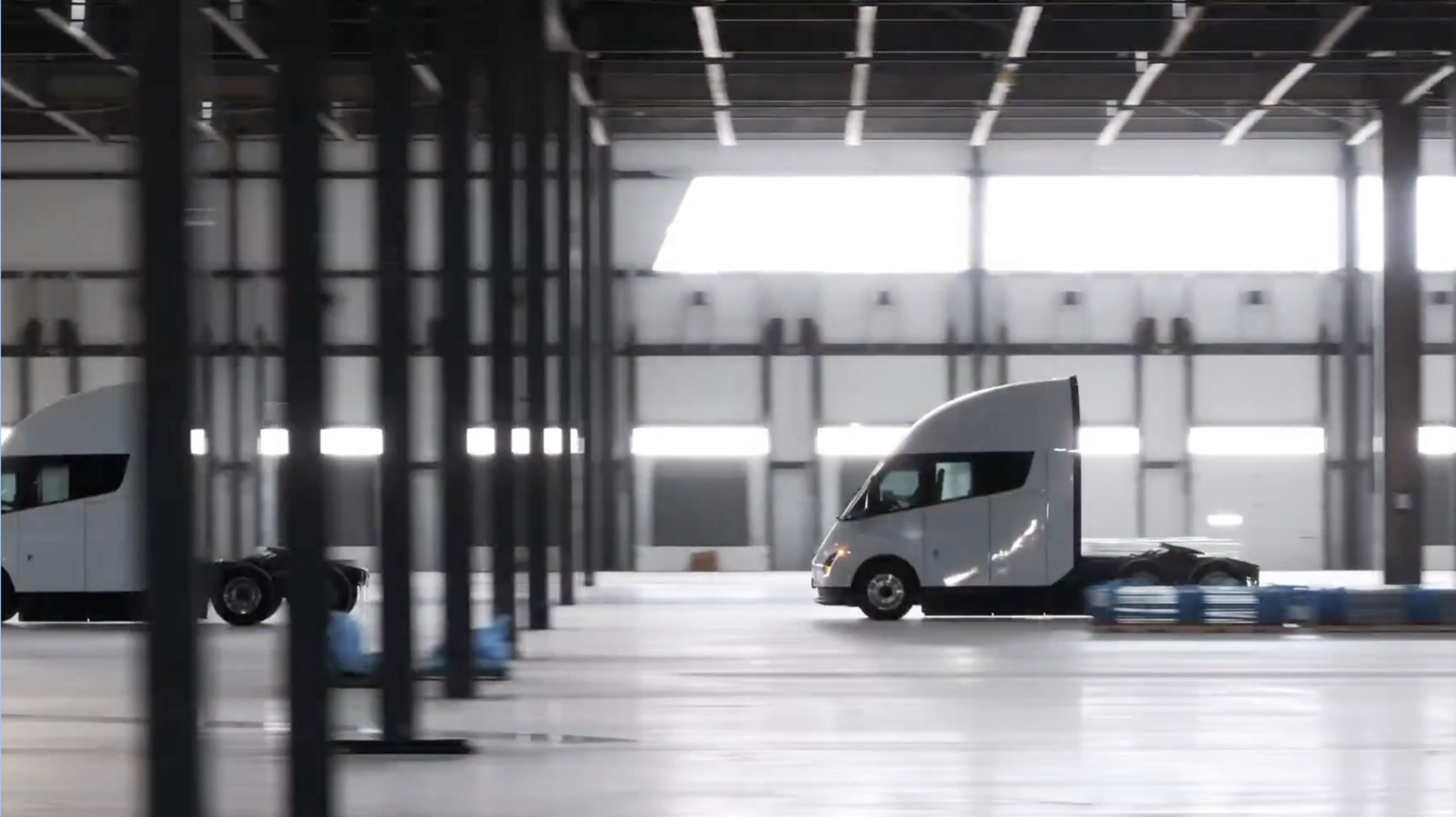
Tesla partner PepsiCo is set to build new Semi charging stations at one of its manufacturing sites, as revealed in new permitting plans shared this week.
On Friday, Tesla charging station scout MarcoRP shared plans on X for 18 Semi Megacharging stalls at PepsiCo’s facility in Charlotte, North Carolina, coming as the latest update plans for the company’s increasingly electrified fleet. The stalls are set to be built side by side, along with three Tesla Megapack grid-scale battery systems.
The plans also note the faster charging speeds for the chargers, which can charge the Class 8 Semi at speeds of up to 1MW. Tesla says that the speed can charge the Semi back to roughly 70 percent in around 30 minutes.
You can see the site plans for the PepsiCo North Carolina Megacharger below.
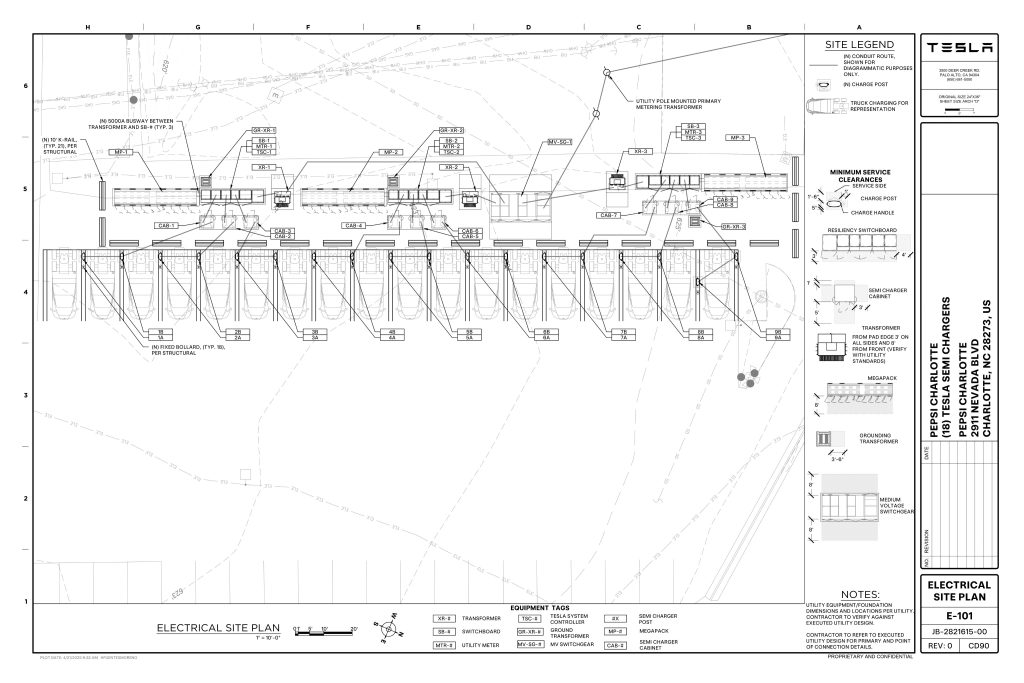
Credit: PepsiCo (via MarcoRPi1 on X)
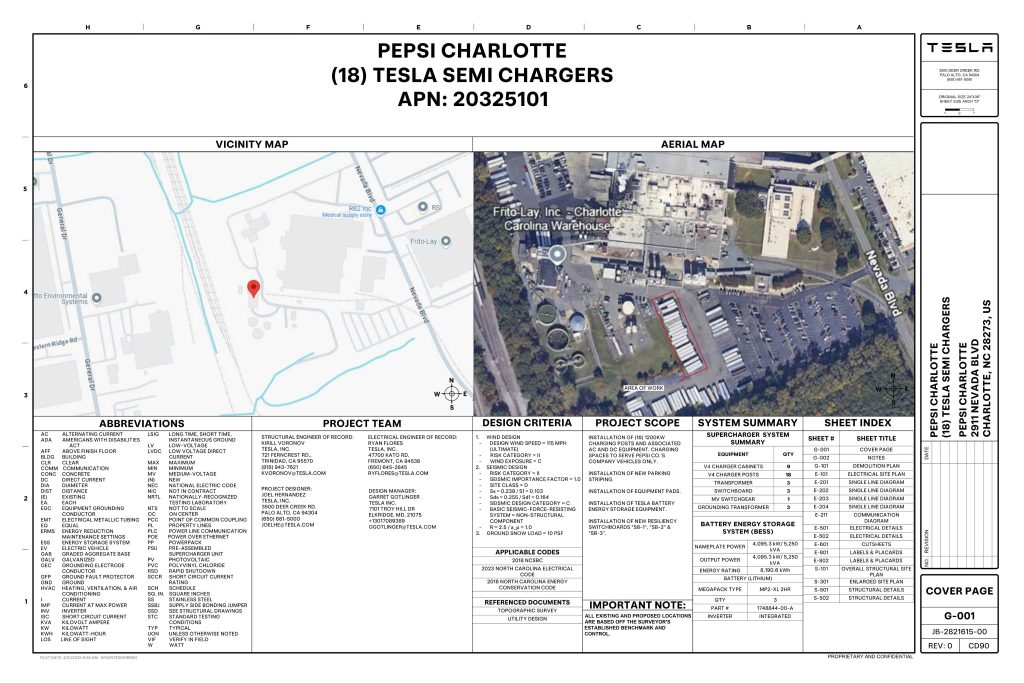
Credit: PepsiCo (via MarcoRPi1 on X)
READ MORE ON THE TESLA SEMI: Tesla to build Semi Megacharger station in Southern California
PepsiCo’s Tesla Semi fleet, other Megachargers, and initial tests and deliveries
PepsiCo was the first external customer to take delivery of Tesla’s Semis back in 2023, starting with just an initial order of 15. Since then, the company has continued to expand the fleet, recently taking delivery of an additional 50 units in California. The PepsiCo fleet was up to around 86 units as of last year, according to statements from Semi Senior Manager Dan Priestley.
Additionally, the company has similar Megachargers at its facilities in Modesto, Sacramento, and Fresno, California, and Tesla also submitted plans for approval to build 12 new Megacharging stalls in Los Angeles County.
Over the past couple of years, Tesla has also been delivering the electric Class 8 units to a number of other companies for pilot programs, and Priestley shared some results from PepsiCo’s initial Semi tests last year. Notably, the executive spoke with a handful of PepsiCo workers who said they really liked the Semi and wouldn’t plan on going back to diesel trucks.
The company is also nearing completion of a higher-volume Semi plant at its Gigafactory in Nevada, which is expected to eventually have an annual production capacity of 50,000 Semi units.
Tesla executive teases plan to further electrify supply chain
News
Tesla sales soar in Norway with new Model Y leading the charge
Tesla recorded a 54% year-over-year jump in new vehicle registrations in June.
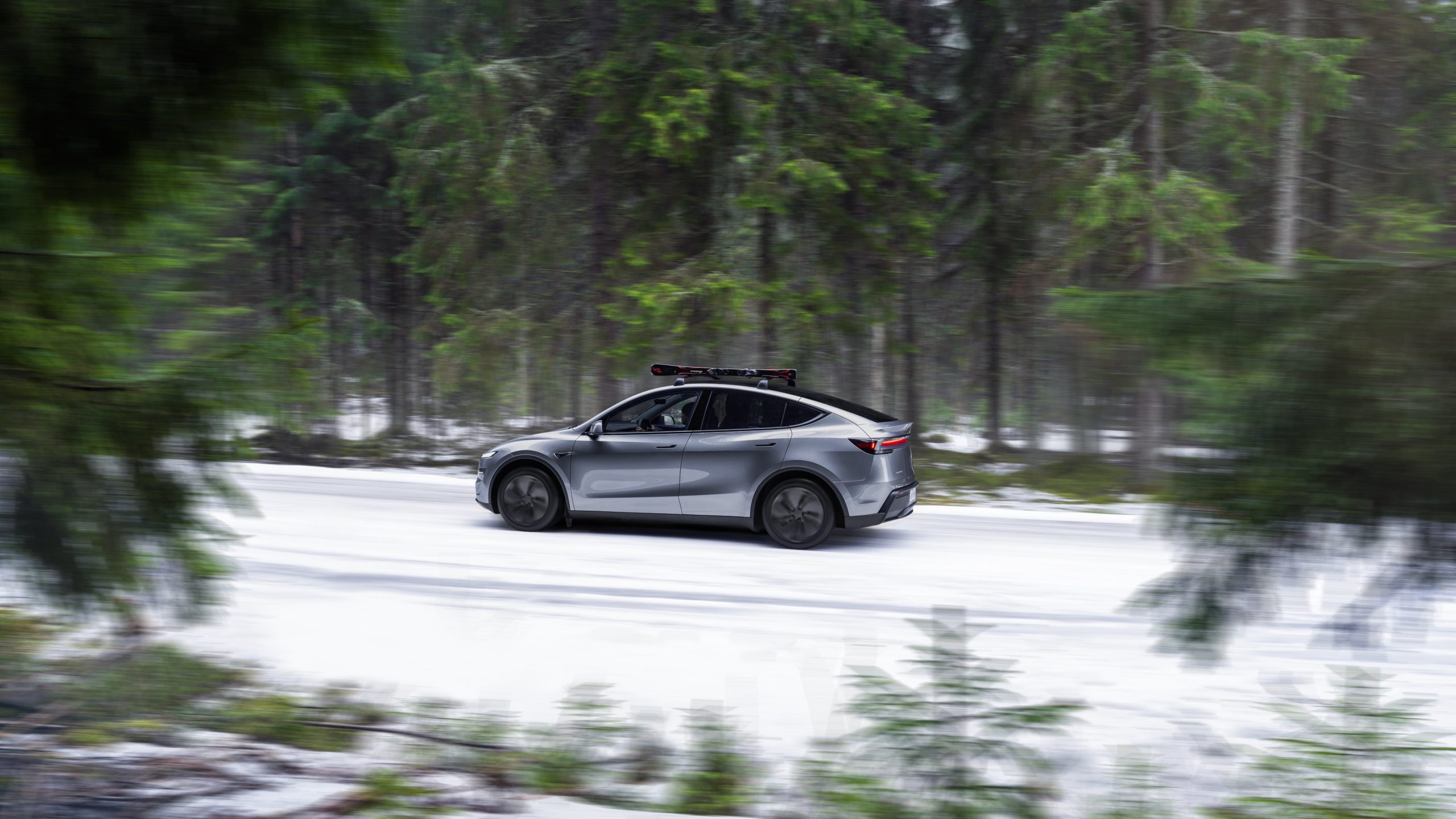
Tesla is seeing strong momentum in Norway, with sales of the new Model Y helping the company maintain dominance in one of the world’s most electric vehicle-friendly markets.
Model Y upgrades and consumer preferences
According to the Norwegian Road Federation (OFV), Tesla recorded a 54% year-over-year jump in new vehicle registrations in June. The Model Y led the charge, posting a 115% increase compared to the same period last year. Tesla Norway’s growth was even more notable in May, with sales surging a whopping 213%, as noted in a CNBC report.
Christina Bu, secretary general of the Norwegian EV Association (NEVA), stated that Tesla’s strong market performance was partly due to the updated Model Y, which is really just a good car, period.
“I think it just has to do with the fact that they deliver a car which has quite a lot of value for money and is what Norwegians need. What Norwegians need, a large luggage space, all wheel drive, and a tow hitch, high ground clearance as well. In addition, quite good digital solutions which people have gotten used to, and also a charging network,” she said.
Tesla in Europe
Tesla’s success in Norway is supported by long-standing government incentives for EV adoption, including exemptions from VAT, road toll discounts, and access to bus lanes. Public and home charging infrastructure is also widely available, making the EV ownership experience in the country very convenient.
Tesla’s performance in Europe is still a mixed bag, with markets like Germany and France still seeing declines in recent months. In areas such as Norway, Spain, and Portugal, however, Tesla’s new car registrations are rising. Spain’s sales rose 61% and Portugal’s sales rose 7% last month. This suggests that regional demand may be stabilizing or rebounding in pockets of Europe.
-

 Elon Musk2 weeks ago
Elon Musk2 weeks agoTesla investors will be shocked by Jim Cramer’s latest assessment
-

 Elon Musk2 days ago
Elon Musk2 days agoxAI launches Grok 4 with new $300/month SuperGrok Heavy subscription
-

 Elon Musk4 days ago
Elon Musk4 days agoElon Musk confirms Grok 4 launch on July 9 with livestream event
-

 News1 week ago
News1 week agoTesla Model 3 ranks as the safest new car in Europe for 2025, per Euro NCAP tests
-

 Elon Musk2 weeks ago
Elon Musk2 weeks agoA Tesla just delivered itself to a customer autonomously, Elon Musk confirms
-

 Elon Musk1 week ago
Elon Musk1 week agoxAI’s Memphis data center receives air permit despite community criticism
-

 News2 weeks ago
News2 weeks agoXiaomi CEO congratulates Tesla on first FSD delivery: “We have to continue learning!”
-

 Investor's Corner2 weeks ago
Investor's Corner2 weeks agoTesla gets $475 price target from Benchmark amid initial Robotaxi rollout

















